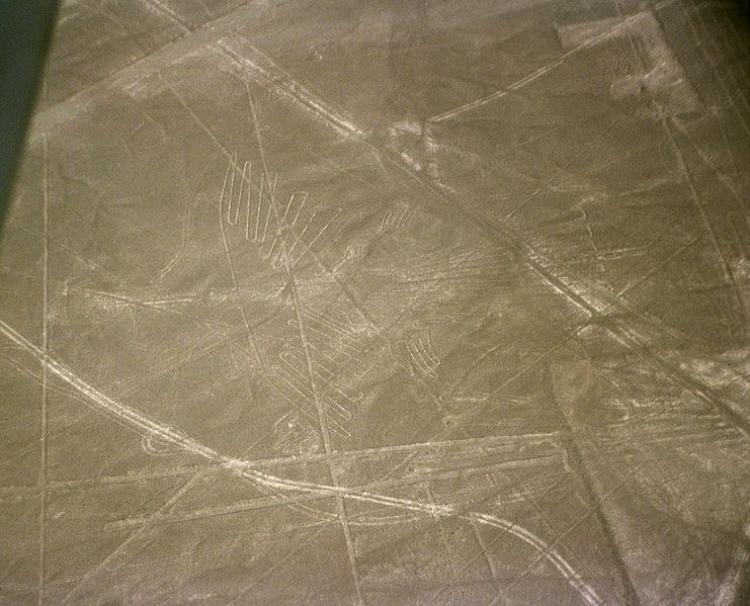[video]www.youtube.com/watch?v=hjfsuBY48c0&annotation_id=annotation_607071[/video]
Video Filmed From Plane Over the Nazca LinesYet another UFO encounter has been recorded for 2011, this time in Peru in footage taken from a light aircraft on New Year’s Day.
According to the video on YouTube, two medical professionals took an early morning flight in a Cesna plane to observe the Nazca Lines in Peru, near the foothills of the Andes.
In the YouTube video, at around 3'28, the aircraft is flying through rain clouds, when suddenly a UFO appears in a hole in the clouds, about 20 to 30 feet from the plane and seemingly on a collision course.
The grey disk rapidly changes course and disappears back into the clouds, all within the space of a couple of seconds. Subsequent slow footage and still frame analysis of the incident clearly shows a flying saucer-shaped object.
Is it possible the UFO was an alien craft navigating above the mysterious Nazca Lines?
These geoglyphs have puzzled modern man since they were discovered in the 1920’s. They are not visible from the ground, but are highly visible from the air, criss-crossing the world’s driest desert, where they persist due to the lack of rain and wind.
They may have been created by the Nazcas, who lived from 200 BC to 700 AD, but their function is unclear. For many years, it has been theorized that they are associated with UFOs, because they are only visible from high altitudes.





